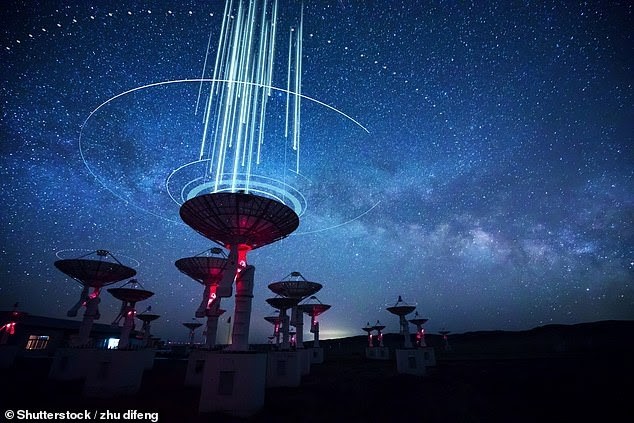In a groundbreaking discovery, astronomers have obtained the first direct evidence confirming that black holes do indeed spin. This monumental finding focuses on the supermᴀssive black hole at the center of the Messier 87 (M87) galaxy, which is located 55 million light-years away from Earth. The black hole in question is 6.5 billion times larger than the Sun.
For years, scientists have theorized that the cosmic jets emitted by black holes are powered by their spin. However, until now, this remained a hypothesis without direct evidence. The new observations have provided that missing link, confirming that the cosmic jets are indeed powered by the spinning of the black hole. These jets are launched from the poles of the black hole at speeds almost equal to the speed of light into intergalactic space.
The study’s co-author, Dr. Kazuhiro Hada from the National Astronomical Observatory of Japan, expressed that the question of whether this black hole is spinning or not has been a central concern among scientists. “Now anticipation has turned into certainty. This monster black hole is indeed spinning,” said Dr. Hada.
Lead author Dr. Ru-Sen Lu from the Shanghai Astronomical Observatory added that while the scientific community is aware that jets are ejected from the regions surrounding black holes, the exact mechanism remains unclear. “We still do not fully understand how this happens,” said Dr. Lu, emphasizing the need for closer observation of the jet’s origin.

The study also revealed an 11-year recurring cycle in the jet, showing a misalignment between the spin axis of the black hole and its accretion disk. This misalignment causes the jet to move like a spinning top, providing unequivocal evidence that the supermᴀssive black hole in M87 is spinning.
This discovery enhances our understanding of the nature of supermᴀssive black holes and confirms long-standing theories about their behavior. It also opens up new avenues for research into the enigmatic celestial objects that black holes are, marking a significant milestone in the field of astronomy.





